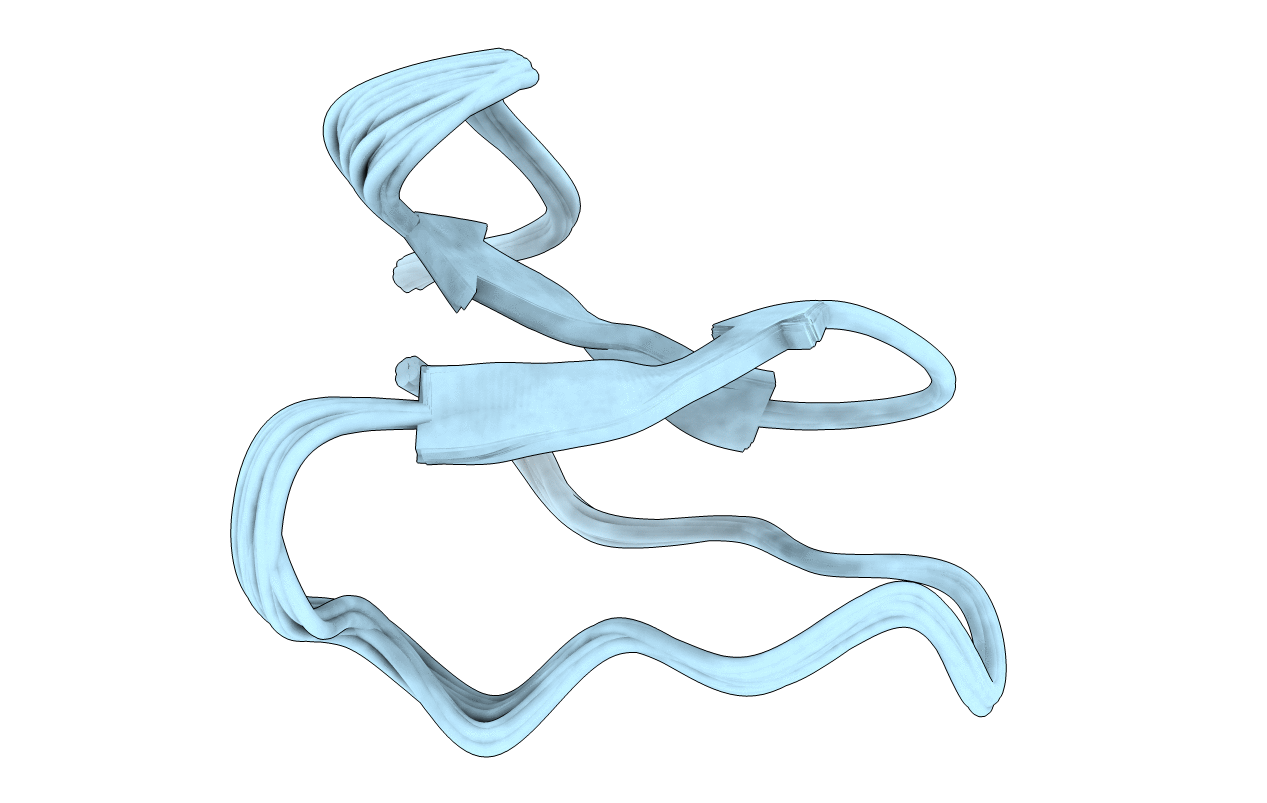
Deposition Date
2007-08-23
Release Date
2008-08-05
Last Version Date
2024-11-27
Method Details:
Experimental Method:
Conformers Calculated:
50
Conformers Submitted:
20
Selection Criteria:
structures with the lowest energy


